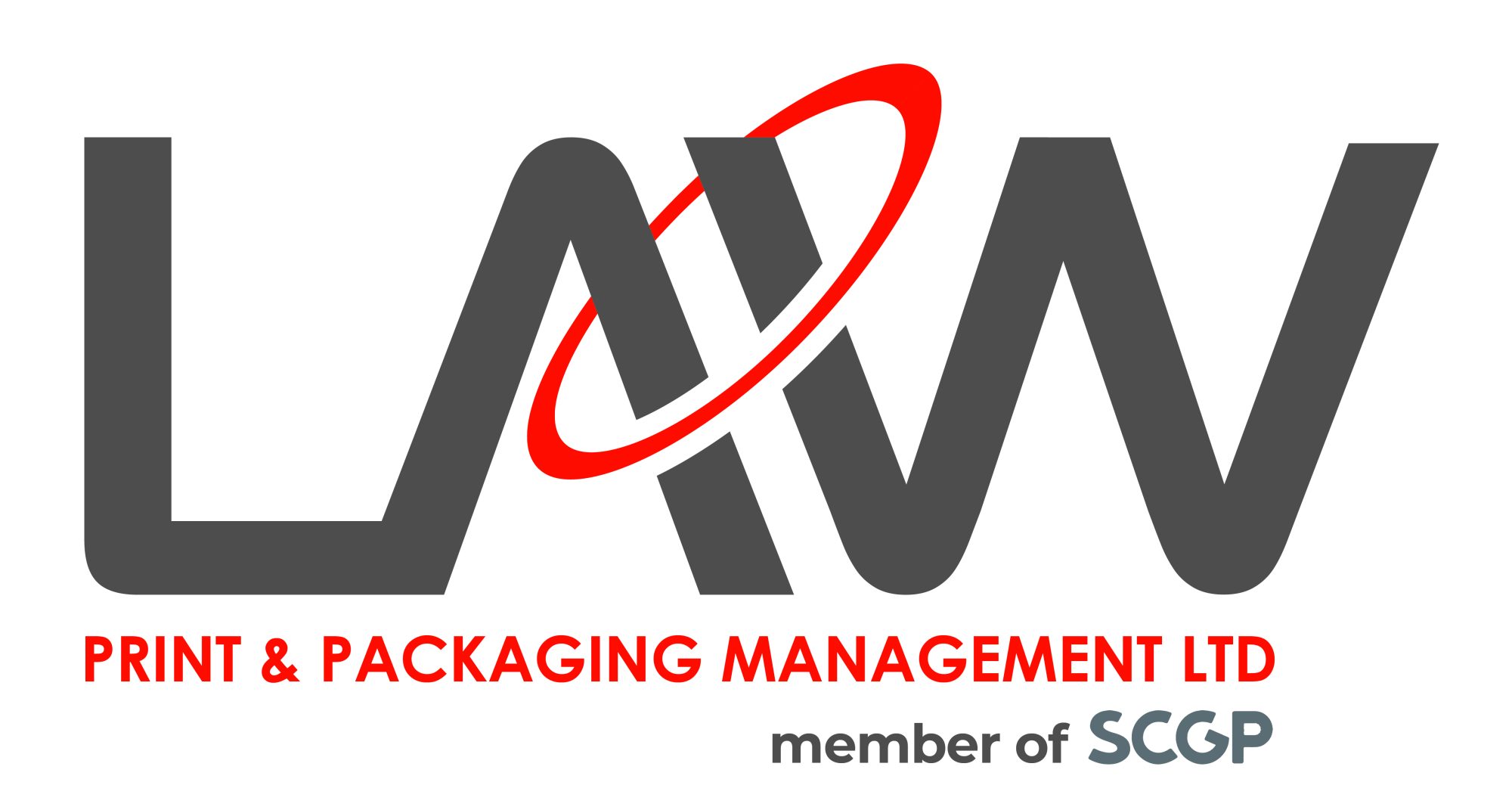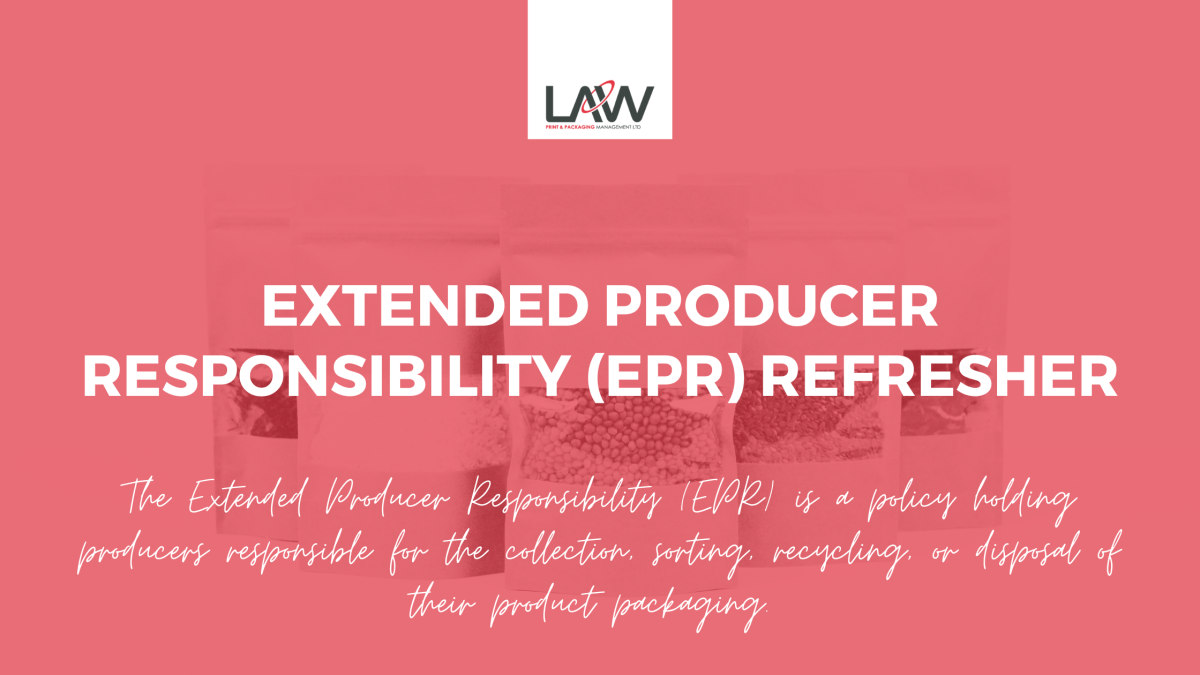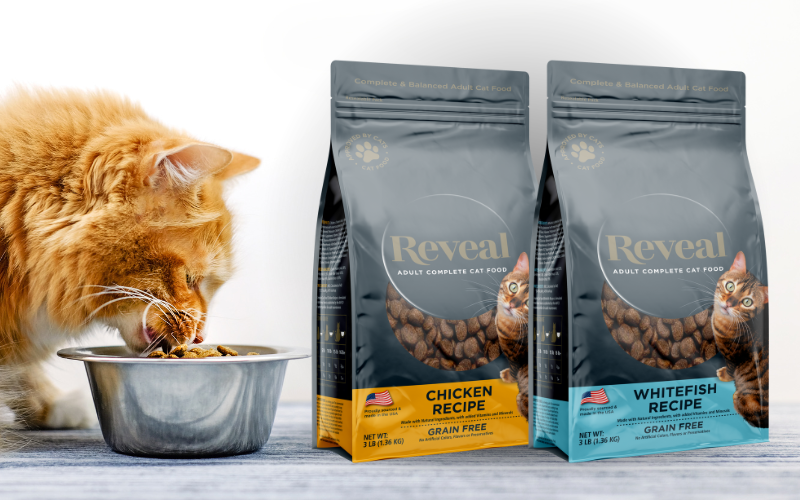The Extended Producer Responsibility (EPR) is a policy holding producers responsible for the collection, sorting, recycling, or disposal of their product packaging. Here is a refresher for those who are still getting to grips with the legislation.
It is now down to businesses to fund the total cost of managing their household product packaging from production to disposal.
What is the EPR?
In the UK, the government has been implementing several changes to the existing EPR system in recent years, to reduce waste and increase recycling rates. Some of the notable changes include:
- Introduction of a tax on plastic packaging with less than 30% recycled content, which came into effect in April 2022
- Expansion of the scope of the packaging producer responsibility system to cover all types of packaging, not just plastic, paper and board
- Introduction of a deposit return scheme for drinks containers:
- Phase 1: Regulation and Deposit Management Organisation(s) (DMO) appointment – by Spring 2025.
- Phase 2: Deposit Management Organisation (DMO) set-up – Spring 2025 to Spring 2026
- Increase in the minimum requirements for recycled content in packaging, to reach a minimum of 30% recycled content in all packaging by 2030
The EU has a similar approach. In Europe, EPR has been a central part of the European Union’s waste management policy. It has been implemented through several directives, including the Waste Electrical and Electronic Equipment (WEEE) Directive and the Packaging and Packaging Waste Directive.
Some of the key changes in EPR in Europe include an increase in recycling targets, more stringent rules on the management of hazardous waste and the introduction of mandatory reporting and compliance obligations for producers.
Which businesses are impacted and how?
Any business that handles over 25 tonnes of packaging in a year will be affected by EPR legislation. If your business purchases packaging for products or produces packaging to sell to other businesses and handles over 25 tonnes per year, you are identified as a ‘producer’ and must act now.
‘Producers’ include:
- Brand owners – who sell packaged goods under their brand name. When a brand isn’t identifiable, the business responsible for packing or filling the packaging assumes responsibility.
- Importers – who import packaged products into the UK
- Service providers – who hire out or lend reusable packaging (such as supermarket crates)
- Distributors – who manufacture or import empty packaging and sell that packaging to UK businesses (not already obligated as a producer)
- Online marketplaces – that operate a marketplace whereby non-UK sellers can sell packaged products or empty packaging to UK consumers
- Sellers – who sell packaged products or packaging to the end-user
All charities are exempt, even if they sell packaged products (such as boxes of Christmas cards) in-store or online.
The scheme is impacting smaller and bigger businesses differently. Smaller organisations with a turnover between £1 million and £2 million and handling 25-50 tonnes of packaging in a calendar year will have to provide detailed reporting on the packaging they produce and how the waste will be managed. Larger businesses with a turnover above £2 million and handling more than 50 tonnes of packaging per year must cover the cost of EPR for their waste and report their data every six months.
What can businesses do to reduce the impact on their finances?
The legislation is increasingly favouring recyclable materials. The easier packaging is to reuse or recycle, the lower the cost to producers. Higher volumes of waste created by packaging choices will increase costs. Reviewing and redesigning your packaging now may incur expenses in the short term. It will minimise your EPR obligation going forward.
At a minimum, businesses must understand the requirements for branded products and packaging that consumers will dispose of in public bins. BBetter yet, businesses should identify which products, by brand, they will categorize as household waste and record the materials that make up their packaging. This approach will provide a clear head-start with reporting. Beginning to sort products into these areas will make the transition much smoother.
As a large producer, my business is likely to need to pay both PRN and EPR fees in 2025. How do those fees differ?
PRN fees represent a contribution by a producer of any packaging to the costs associated with recycling. Contributions go directly to reprocessors or exporters accredited to issue PRNs. As PRN prices are determined by market forces, PRN contributions by producers can be price-variable.
The scheme administrator will set EPR fees at levels that ensure producers of household packaging cover the net costs to local authorities of collecting and managing household packaging waste. They will then distribute producer funding to local authorities based on the costs incurred during the previous quarter. EPR fees will likely remain fixed throughout a compliance year.
We hope you appreciated our Extended Producer Responsibility Refresher. Do you need more information or advice?
We can help with EPR, plus recycled content, plastic packaging tax and more.
For anything else, you can visit our Frequently Asked Questions (FAQ’s) or just contact us directly.
CASE STUDIES | CONTACT US | SOCIAL MEDIA | NEWSLETTER


